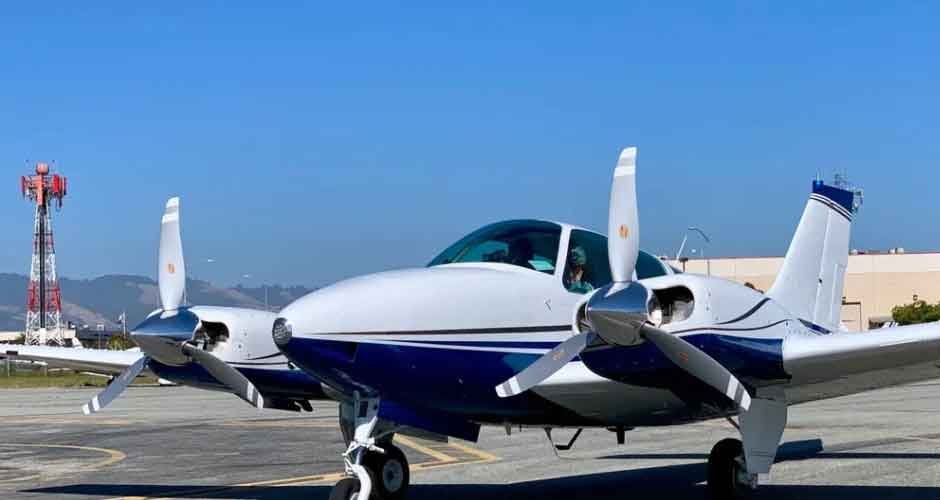Starting the adventurous journey to become a pilot comes with a unique set of highs and lows. While most people train on single-engine airplanes, as they are smaller and thus cheaper to train on, multi-engine flight training is something some people also train on. But why? The reason is simple: multi-engine training not only increases the abilities of pilots but creates a thousand possibilities in the aviation world. If your dream is to one day fly larger planes or if you see a career for yourself in the realms of commercial aviation, then multi-engine flight lessons are a must for you.
Multi-engine training is more than an additional thing for your pilot’s certification. Rather, view it differently. For example, did you know that multi-engines offer increased airplane performance, redundancy, and safety, particularly in challenging flying conditions? Thus, training with a multi-engine aircraft will prepare you as a pilot to handle conditions ranging from normal routine flights to complex and high-pressure emergency cases where you may need to think and act fast—with high precision.
Comprehensive Skill Development
As we have just shown you, multi-engine training imparts higher-level skills. You will learn how to manage more complicated systems, fly with otherworldly precision, get better at multitasking, etc. Since one has to check more details on an airplane with more than one engine, as well as focus on more things in the cockpit, more pilots find that this training overall significantly improves their aeronautical competence.
Enhanced Safety and Reliability
Redundancy with respect to engines is another feature of multi-engine aircraft. With most multi-engine aircraft having two or more engines, in the eventuality that one should break down, the remaining one(s) would give enough power for a soft landing. This is an added advantage to the pilots and passengers in terms of safety assurance, and your multi-engine training will also explain to you how to handle such emergencies with confidence.
Career Advancement Opportunities
Most single-engine airplanes are not commercial. As such, multi-engine flight training is a literal must for most commercial pilots. So, if you are planning to have a career in commercial aviation, multi-engine training might not even be optional for you. Passenger airlines, charter service airlines, and cargo carrier companies only buy and use big and complex planes— multi-engine planes. If you wish to work with an airline company—from regional airlines to international carriers—you need to have multi-engine aircraft training.
FAQ: Should I Go for Both Single and Multi-Engine Training?
Absolutely! There is quite some logic in implementing single-engine training first. It forms an excellent establishment of basic piloting skills and builds an understanding of flight principles without which navigating multiple engines as a first-timer might be difficult. With multi-engine coming later, you would simply get to grow the skills in flying and overall safety knowledge and employment in aviation.
Sure, everyone is different, but at a training school like Fast Track Flight Training, most students get started with smaller single-engine aircraft, before moving on to bigger and more sophisticated models.
Conclusion
A multi-engine rating allows you to fly pretty much anything more exciting, from a sleek, high-performance twin to the large and sophisticated—all professionally rewarding and i.e., enriching your flying. Besides, it allows you to have the opportunity to explore more varied destinations, undertake longer flights, and live through that flying dream of piloting the advanced sophisticated aircraft of today that make their tracks in the skies.
Also, given that a multi-engine rating will develop a pilot’s capability to handle advanced navigation and instrument flight rules (IFR), it is a no-brainer. Mastery of IFR is one of the most desirable capabilities for many airlines, for it is the key to almost all weather conditions and gives a pilot the opportunity to fly at night and in poor visibility—tasks that single-engine-rated pilots often cannot accomplish.
So, why not go the extra mile? Why not get trained so you can both be technically ready and also mentally ready for future pilot demand? Getting multi-engine training shows your readiness to excel in aviation. Readiness and willingness that doesn’t go unnoticed.






